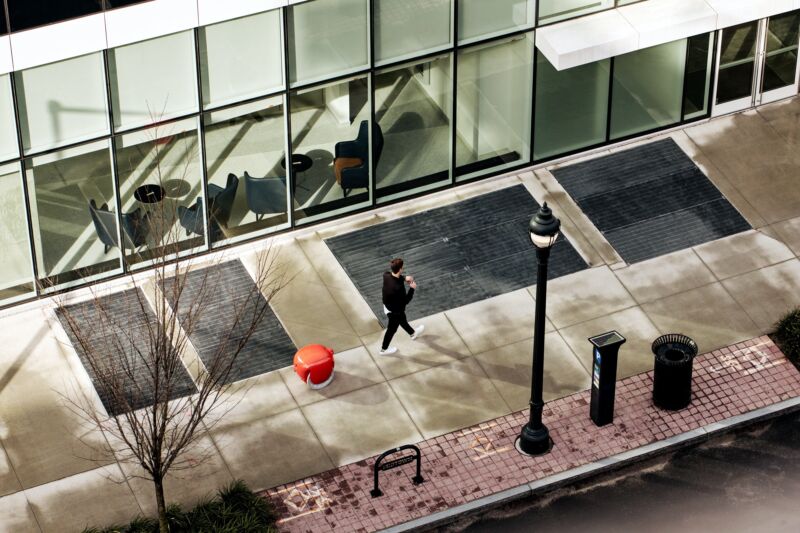Tagalong robots follow you to learn where you go

Enlarge (credit: Piaggio Fast Forward)
When Amazon introduced its home robot Astro earlier this year, it first showcased the robot following behind a person. It's a simple idea that has captured people's imaginations with depictions in science fiction, like R2-D2 and BB-8 from Star Wars, and in reality, with research projects like DARPA's robotic pack mule.
Follower robots have been tapped for senseless pursuits like carrying a single bottle of water, but robots can also carry tools in a warehouse or just-picked fruit from an orchard to a packing station. Artificially intelligent machines trained to follow people or other machines can transform how we think about everyday objects, like carry-on luggage or a set of golf clubs. Now the makers of follower robots want to coordinate movement around the modern workplace.
Follower robots have been under development since the late 1990s, beginning on the ground and extending underwater and into the sky. Initial forms relied on following the location of a tag in a person's pocket, but advances in deep learning and computer vision now allow AI to navigate by seeing" the world through cameras and other sensors.
Read 22 remaining paragraphs | Comments